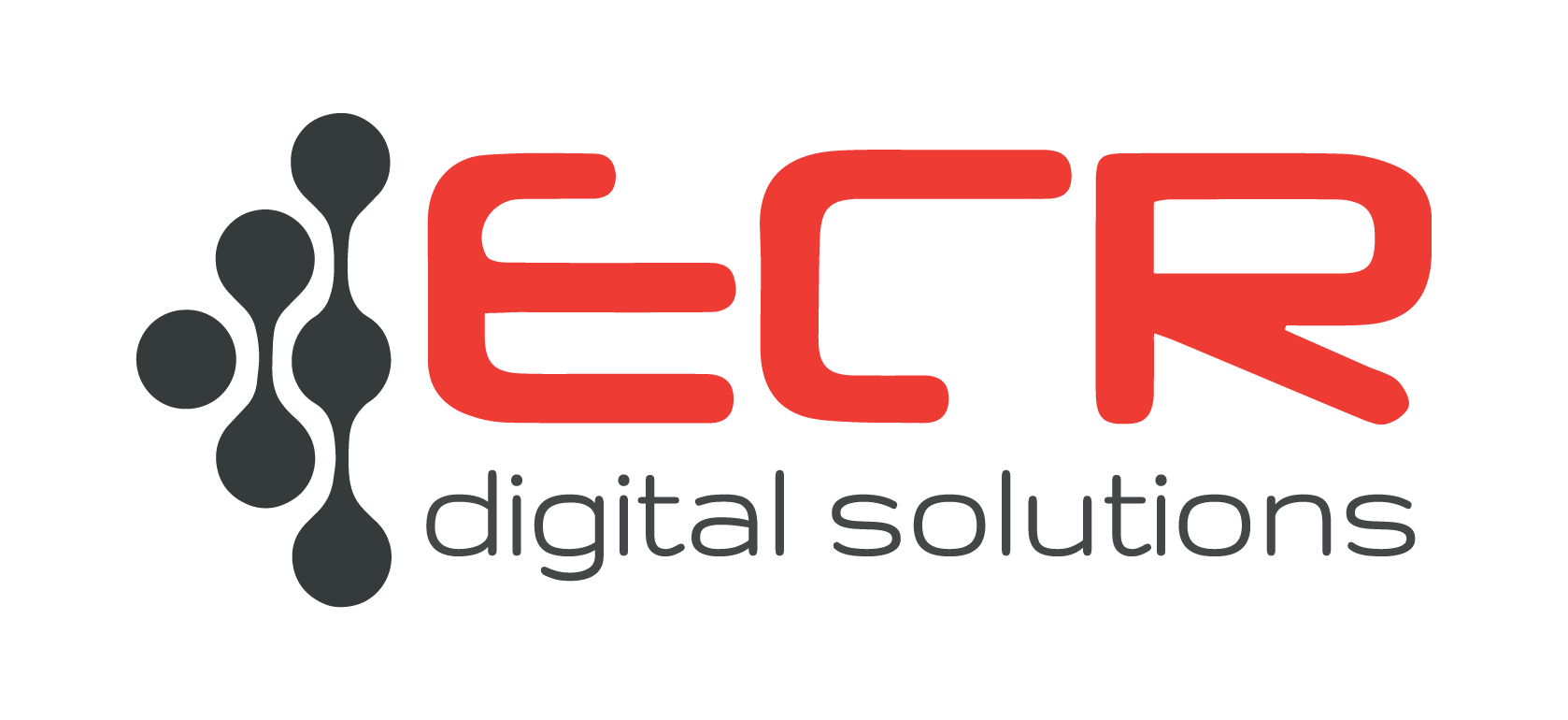How AI and Technology are Changing the Way We Troubleshoot
Tue 14/01/2025 15m read 909 views
Overcoming Inventory Management Challenges with ECR ERP
Inventory management is a critical function for businesses across industries. Whether you’re in manufacturing, retail, or e-commerce, efficient inventory control directly impacts your bottom line. However, many organizations face persistent challenges in managing inventory effectively. From stock shortages and overstocking to inaccurate forecasting and manual errors, these issues can lead to lost revenue, dissatisfied customers, and operational inefficiencies. This is where ECR Enterprise Resource Planning (ERP) systems come into play, offering a robust solution to transform inventory management.

Common Inventory Management Challenges
- Stock Discrepancies: Manual tracking methods often lead to errors, causing discrepancies between recorded and actual inventory levels.
- Demand Forecasting Issues: Inaccurate forecasting can result in overstocking or stockouts, both of which incur costs and disrupt business operations.
- Inefficient Reordering: Without a clear system in place, businesses struggle with timely reordering, risking supply chain interruptions.
- Lack of Visibility: Poor visibility across warehouses or distribution centers hinders effective inventory allocation and decision-making.
- High Holding Costs: Overstocking leads to increased holding costs, tying up capital that could be better utilized elsewhere.
- Limited Integration: Siloed systems for inventory, sales, and procurement create inefficiencies and delays in operations.
How ECR ERP Solves Inventory Management Challenges
An ERP system integrates and automates core business processes, providing a unified platform for managing inventory alongside other functions like procurement, sales, and finance. Here’s how ECR ERP addresses common inventory challenges:
- Real-Time Inventory Tracking:
- ERP systems offer real-time visibility into inventory levels across multiple locations.
- Automated updates reduce manual errors and ensure accurate stock records.
- Improved Demand Forecasting:
- Advanced analytics and historical data insights in ERP systems help businesses predict demand with greater accuracy.
- This enables better planning and reduces risks of overstocking or stockouts.
- Streamlined Reordering Processes:
- ERP systems support automated reorder points and alerts, ensuring timely procurement of stock.
- Integration with supplier systems facilitates seamless purchase order generation and tracking.
- Enhanced Visibility:
- A centralized dashboard in the ERP provides a holistic view of inventory across warehouses and distribution channels.
- This allows for better allocation of resources and prioritization of high-demand products.
- Cost Optimization:
- ERP helps minimize holding costs by optimizing stock levels based on demand patterns.
- Improved inventory turnover ratios result in better cash flow management.
- Integrated Systems:
- ERP eliminates silos by integrating inventory management with sales, procurement, and finance.
- This ensures all departments work with consistent data, improving coordination and decision-making.
Case Study: Real-World Impact of ECR ERP on Inventory Management
A mid-sized retail company faced frequent stockouts and overstocking issues due to manual inventory tracking. After implementing our ECR ERP system, the company achieved:
- 25% reduction in stock discrepancies through real-time updates.
- 40% improvement in demand forecasting accuracy using ERP analytics.
- 20% decrease in holding costs by optimizing inventory levels.
This transformation not only boosted operational efficiency but also enhanced customer satisfaction by ensuring product availability.
Key Features to Look for in an ERP for Your Inventory Management
- Real-Time Analytics: Ensure the ERP provides actionable insights and real-time data.
- Inventory Optimization Tools: Features like reorder point alerts and stock level monitoring are crucial.
- Integration Capabilities: Look for seamless integration with suppliers, logistics, and sales platforms.
- Scalability: Choose an ERP system that can scale with your business growth and adapt to changing needs.
- User-Friendly Interface: Simplify adoption with intuitive navigation and training support.
Conclusion
Overcoming inventory management challenges is essential for businesses aiming to stay competitive and profitable. ERP systems offer a comprehensive solution by automating processes, enhancing visibility, and enabling data-driven decisions. Whether you are struggling with stock discrepancies, high holding costs, or demand forecasting, an ERP system can streamline your inventory operations and drive significant improvements. Investing in the right ERP solution is not just a technological upgrade; it’s a strategic move towards operational excellence and business growth.
Related articles










